It’s been 20 years since the critically acclaimed Evangelion series first came to life on the small screen, and to this day it remains one of the most successful animated series to ever come out of Japan.
With such a dedicated legion of fans, the merchandising has been off the hook, with everything from burgers to lingerie and even a bullet train getting the Eva treatment. But amongst all this, there’s one special limited-edition range that’s really striking a chord with Japanese fans, as it takes the tough, sexy heroines of the series out of their futuristic battle cockpits and re-imagines them as katana sword-wielding ladies in kimono.
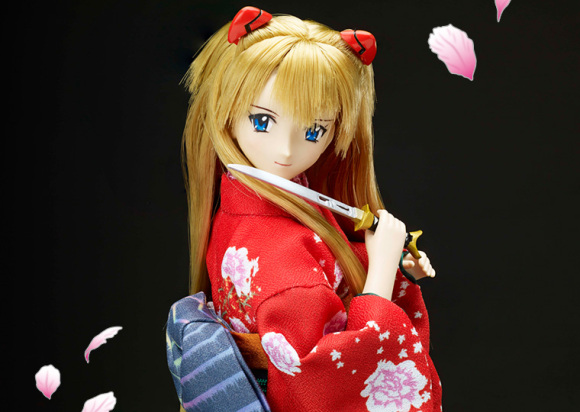
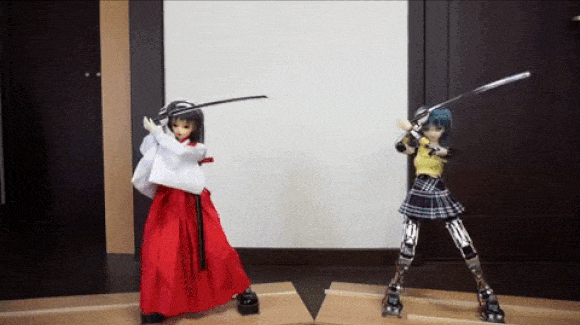
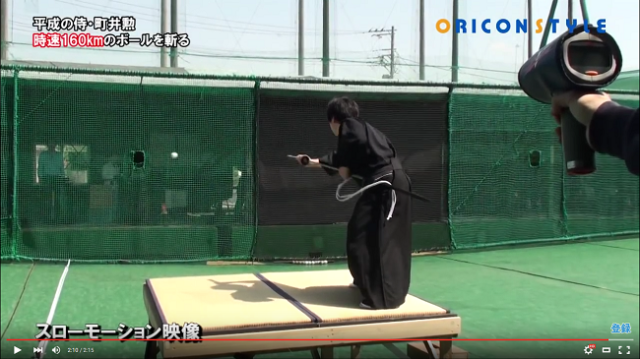
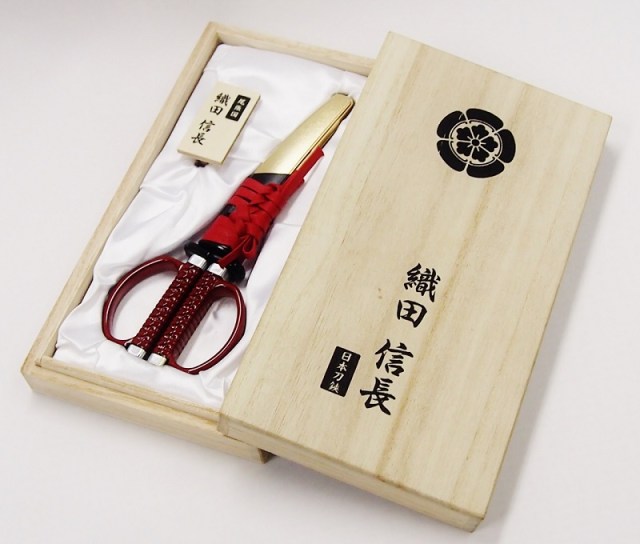
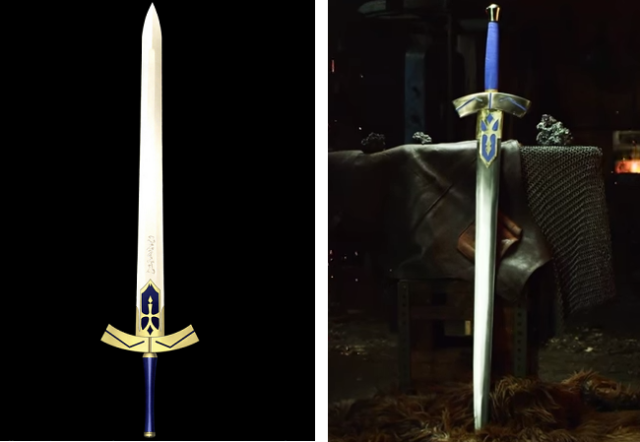
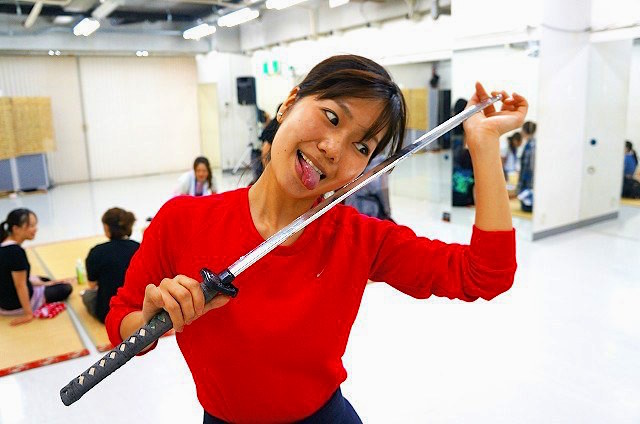
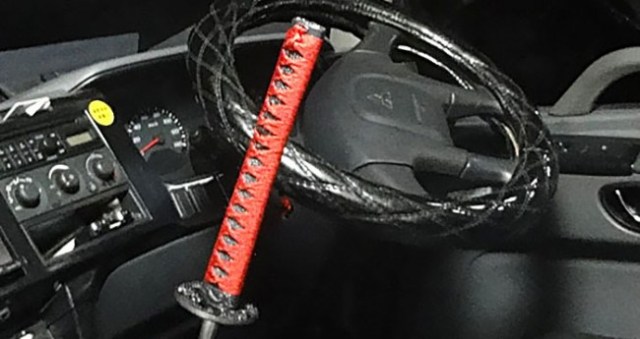


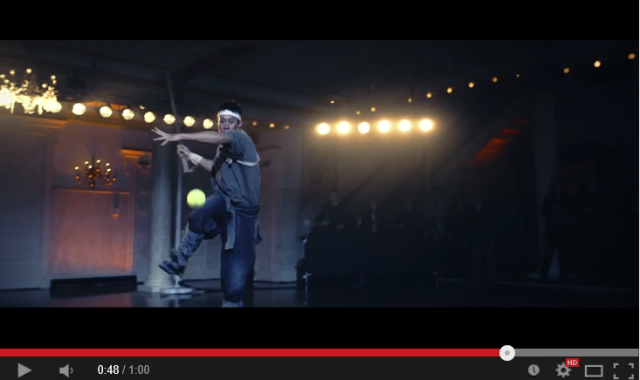
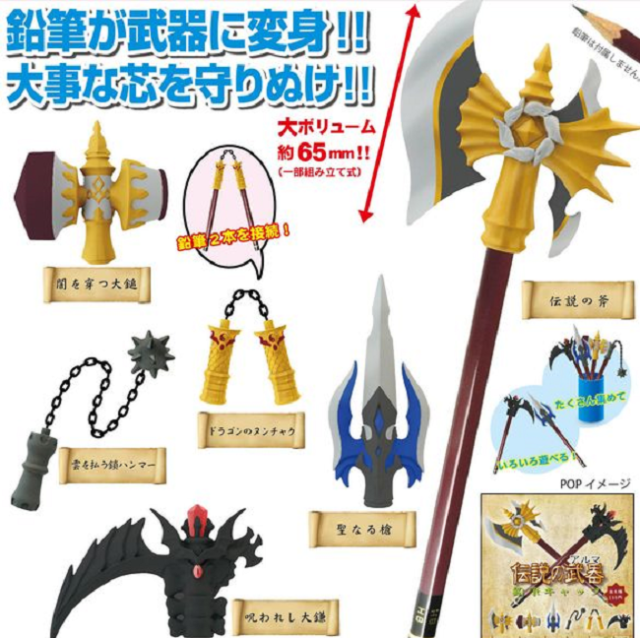
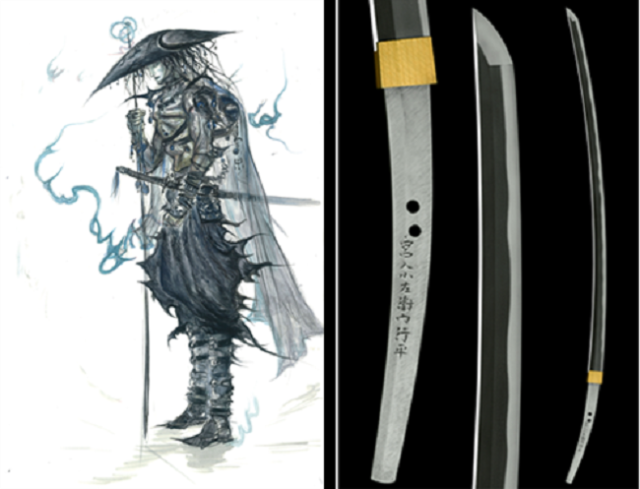

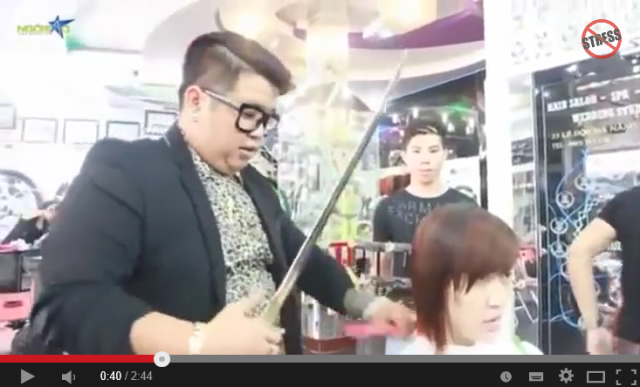
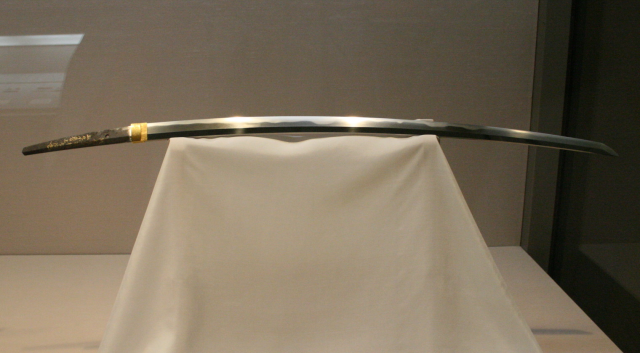
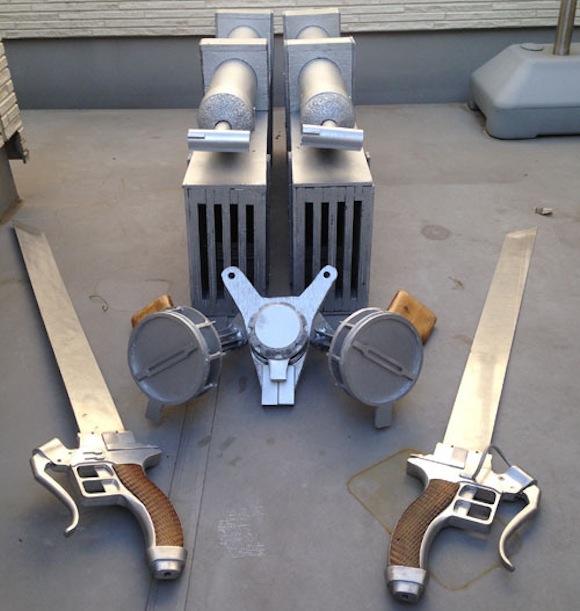
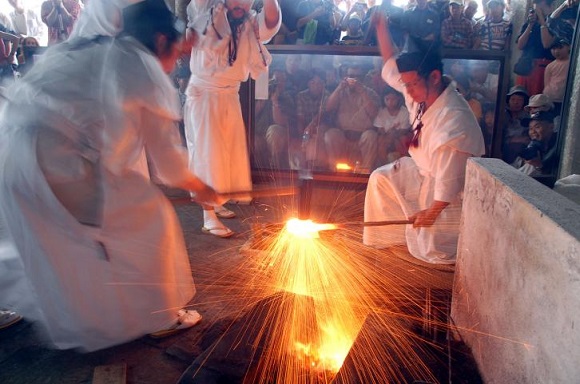
 We revisited Sweets Paradise after a decade to see if Japan’s dessert buffet still delivers
We revisited Sweets Paradise after a decade to see if Japan’s dessert buffet still delivers Japanese thug wear from Birth Japan perfect for those breaking bad next year
Japanese thug wear from Birth Japan perfect for those breaking bad next year Hello Kitty Choco Egg figures are an adorable trip through three periods of Japanese pop culture【Pics】
Hello Kitty Choco Egg figures are an adorable trip through three periods of Japanese pop culture【Pics】 How to say “I love you” in Japanese – 47 different ways 【Videos】
How to say “I love you” in Japanese – 47 different ways 【Videos】 [Quiz] How Well Do You Know Your Japanese Hand Gestures?
[Quiz] How Well Do You Know Your Japanese Hand Gestures? 40 things our loveless reporter felt using Tinder in Japan
40 things our loveless reporter felt using Tinder in Japan Hey, Japanese taxi driver! Take us to the best Turkish rice restaurant in Nagasaki!
Hey, Japanese taxi driver! Take us to the best Turkish rice restaurant in Nagasaki! Osaka’s Okonomiyaki Burrito is both classic Taco Bell and completely different【Taste test】
Osaka’s Okonomiyaki Burrito is both classic Taco Bell and completely different【Taste test】 Naomi Osaka shuts down reporter who asked her to speak in Japanese following Australian Open win
Naomi Osaka shuts down reporter who asked her to speak in Japanese following Australian Open win Mr. Sato sacrifices his hands on the altar of all-you-can-eat shrimp
Mr. Sato sacrifices his hands on the altar of all-you-can-eat shrimp Starbucks Japan ready to get Year of the Horse started with adorable drinkware and plushies【Pics】
Starbucks Japan ready to get Year of the Horse started with adorable drinkware and plushies【Pics】 7-Eleven Japan’s ramen-cooking robot whipped us up a bowl of noodles【Taste test】
7-Eleven Japan’s ramen-cooking robot whipped us up a bowl of noodles【Taste test】 Cyberpunk anime meets traditional culture in Ghost in the Shell gold leaf Japanese changing screens
Cyberpunk anime meets traditional culture in Ghost in the Shell gold leaf Japanese changing screens 7 great places to see Mt. Fuji from without having to climb it
7 great places to see Mt. Fuji from without having to climb it Japan’s otoshidama tradition of giving kids money at New Year’s gets a social welfare upgrade
Japan’s otoshidama tradition of giving kids money at New Year’s gets a social welfare upgrade We found possibly the quietest Japanese-style hotel in Tokyo’s bustling Shinjuku district
We found possibly the quietest Japanese-style hotel in Tokyo’s bustling Shinjuku district Lacquerware supplier to emperor of Japan and Pokémon team up for new tableware
Lacquerware supplier to emperor of Japan and Pokémon team up for new tableware Sumo Sanrio! Hello Kitty and pals team up with Japan Sumo Association for new merch【Pics】
Sumo Sanrio! Hello Kitty and pals team up with Japan Sumo Association for new merch【Pics】 Can a dirty butthole make you filthy rich in Japan? We’re starting a New Year’s lottery experiment
Can a dirty butthole make you filthy rich in Japan? We’re starting a New Year’s lottery experiment 7-Eleven Japan starts new temporary luggage storage service in over 300 branches
7-Eleven Japan starts new temporary luggage storage service in over 300 branches Disillusionment at Tsukiji’s tourist-target prices led us to a great ramen restaurant in Tokyo
Disillusionment at Tsukiji’s tourist-target prices led us to a great ramen restaurant in Tokyo Starbucks teams up with 166-year-old Kyoto doll maker for Year of the Horse decorations【Photos】
Starbucks teams up with 166-year-old Kyoto doll maker for Year of the Horse decorations【Photos】 Tokyo considering law requiring more trash cans following litter increase in heavily touristed area
Tokyo considering law requiring more trash cans following litter increase in heavily touristed area Tokyo’s Tsukiji sushi neighborhood asks tour groups to stay away for the rest of the month
Tokyo’s Tsukiji sushi neighborhood asks tour groups to stay away for the rest of the month Nintendo’s Kirby now delivering orders at Kura Sushi restaurants, but not in Japan
Nintendo’s Kirby now delivering orders at Kura Sushi restaurants, but not in Japan Tokyo event lets you travel back in time, for free, to celebrate 100 years since Showa era start
Tokyo event lets you travel back in time, for free, to celebrate 100 years since Showa era start Sanrio theme park in Japan announces plans to expand into a Sanrio resort
Sanrio theme park in Japan announces plans to expand into a Sanrio resort Japan may add Japanese language proficiency, lifestyle classes to permanent foreign resident requirements
Japan may add Japanese language proficiency, lifestyle classes to permanent foreign resident requirements Survey asks foreign tourists what bothered them in Japan, more than half gave same answer
Survey asks foreign tourists what bothered them in Japan, more than half gave same answer Japan’s human washing machines will go on sale to general public, demos to be held in Tokyo
Japan’s human washing machines will go on sale to general public, demos to be held in Tokyo Japan’s deadliest food claims more victims, but why do people keep eating it for New Year’s?
Japan’s deadliest food claims more victims, but why do people keep eating it for New Year’s? We deeply regret going into this tunnel on our walk in the mountains of Japan
We deeply regret going into this tunnel on our walk in the mountains of Japan Studio Ghibli releases Kodama forest spirits from Princess Mononoke to light up your home
Studio Ghibli releases Kodama forest spirits from Princess Mononoke to light up your home Major Japanese hotel chain says reservations via overseas booking sites may not be valid
Major Japanese hotel chain says reservations via overseas booking sites may not be valid Put sesame oil in your coffee? Japanese maker says it’s the best way to start your day【Taste test】
Put sesame oil in your coffee? Japanese maker says it’s the best way to start your day【Taste test】 No more using real katana for tourism activities, Japan’s National Police Agency says
No more using real katana for tourism activities, Japan’s National Police Agency says Starbucks Japan reveals new sakura drinkware collection, inspired by evening cherry blossoms
Starbucks Japan reveals new sakura drinkware collection, inspired by evening cherry blossoms Updated cherry blossom forecast shows extra-long sakura season for Japan this year
Updated cherry blossom forecast shows extra-long sakura season for Japan this year 40 things our loveless reporter felt using Tinder in Japan
40 things our loveless reporter felt using Tinder in Japan Hey, Japanese taxi driver! Take us to the best Turkish rice restaurant in Nagasaki!
Hey, Japanese taxi driver! Take us to the best Turkish rice restaurant in Nagasaki! Osaka’s Okonomiyaki Burrito is both classic Taco Bell and completely different【Taste test】
Osaka’s Okonomiyaki Burrito is both classic Taco Bell and completely different【Taste test】 Naomi Osaka shuts down reporter who asked her to speak in Japanese following Australian Open win
Naomi Osaka shuts down reporter who asked her to speak in Japanese following Australian Open win Mr. Sato sacrifices his hands on the altar of all-you-can-eat shrimp
Mr. Sato sacrifices his hands on the altar of all-you-can-eat shrimp The best Starbucks Japan Frappuccinos we want to drink again in 2026
The best Starbucks Japan Frappuccinos we want to drink again in 2026 Studio Ghibli releases wallpapers for Ghibli Park, introduces us to two new forest characters
Studio Ghibli releases wallpapers for Ghibli Park, introduces us to two new forest characters Don Quijote’s “Magic Powder” promises to make food taste mind blowingly delicious
Don Quijote’s “Magic Powder” promises to make food taste mind blowingly delicious Uniqlo Japan offers custom suits for super affordable prices
Uniqlo Japan offers custom suits for super affordable prices Cyberpunk anime meets traditional culture in Ghost in the Shell gold leaf Japanese changing screens
Cyberpunk anime meets traditional culture in Ghost in the Shell gold leaf Japanese changing screens Engrish mistake turns innocent sign into X-rated notice at Japanese store
Engrish mistake turns innocent sign into X-rated notice at Japanese store Meaning of life discovered using Japanese calligraphy, math, and puns
Meaning of life discovered using Japanese calligraphy, math, and puns